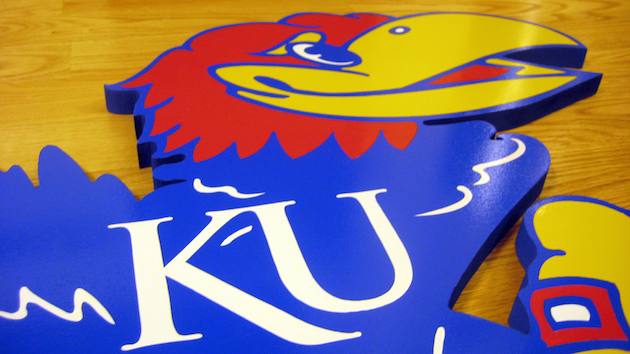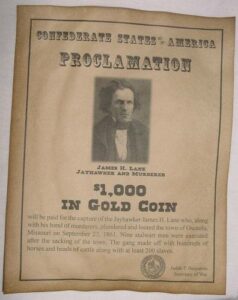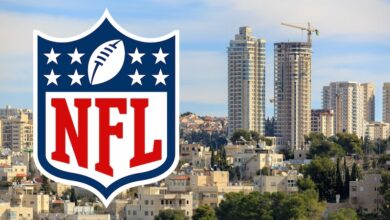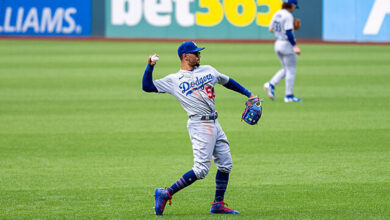So what, or who, is a ‘Jayhawk’?

The term Jayhawk or Jayhawker has many connotations beyond being the mythical bird mascot of the University of Kansas. The term may have been adopted as far back as the Revolutionary War.
 General Lane is supposed to have first addressed his Kansas troops as Jayhawkers in December of 1857. The association between a bird and a marauder may have been solidified, however, when a partisan described the Jayhawk as a nocturnal bird that sought out the nest of smaller birds to consume the eggs and sometime kill the inhabitants–a very apt description of the type of battles that were to be part of the Missouri-Kansas border war.
General Lane is supposed to have first addressed his Kansas troops as Jayhawkers in December of 1857. The association between a bird and a marauder may have been solidified, however, when a partisan described the Jayhawk as a nocturnal bird that sought out the nest of smaller birds to consume the eggs and sometime kill the inhabitants–a very apt description of the type of battles that were to be part of the Missouri-Kansas border war.
Generally, the marauders and predators of the winning side are always given carte blanch in history and are not subject to the same judgement as those of the losing side who may have committed the same crimes and offenses.
In Missouri, Kansas troops were known as Jayhawkers and Redlegs, owing to their red leggings. We all know that Quantrill raided and burned Lawrence, Kansas, but few know that

Jennison’s Kansas Brigade sacked and burned the Missouri towns of Osceola, Morristown, Butler, Dayton, and Columbus in 1861 and 1862. Union General Hallek referred to Jennison’s men as “no better than a bunch of robbers.” These events were already occurring before Union General Thomas Ewing Jr. issued General Order No. 11 on August 25, 1863, and the Kansas 7th Cavalry had already been reassigned.
So, when a Kansas graduate tells you that the Jayhawk is a mythical bird and nothing more, you can draw your own conclusions.
–Bob White
Bob White is a Certified Financial Planner who lives in the Pleasant Hill area. A graduate of Pembroke Hill School and the University of Kansas, he majored in Economics and minored in history. In addition to local, Kansas and Missouri history, he has an interest in its unique aspects–the events missing from the history books and timelines that paint a more complete picture.







